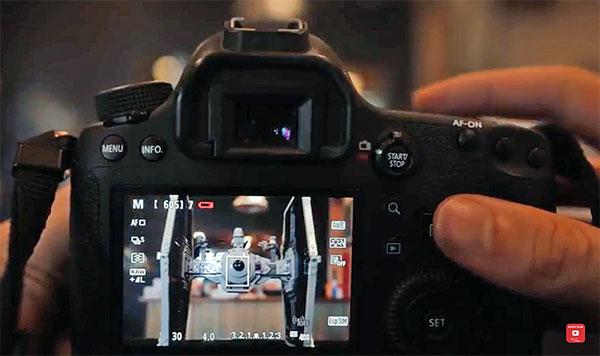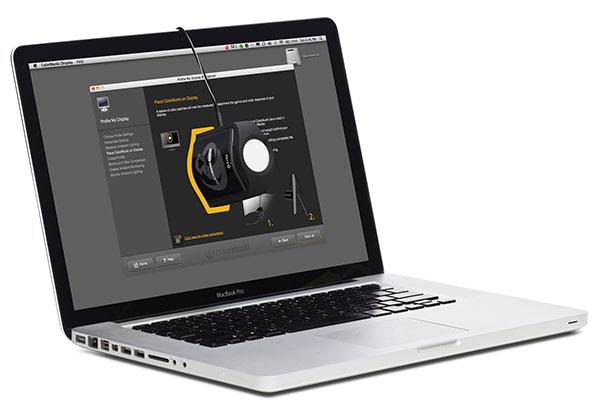Photo How To
Sort By: Post Date TitlePublish Date
|
Jul 18, 2018
|
Jul 16, 2018
|
Jul 13, 2018
|
Jul 12, 2018
|
Jul 10, 2018
|
Jul 09, 2018
|
Jul 06, 2018
|
Jul 02, 2018
|
Jun 29, 2018
|
Jun 29, 2018
|
Jun 22, 2018
|
Jun 21, 2018
|
Jun 21, 2018
|
Jun 19, 2018
















